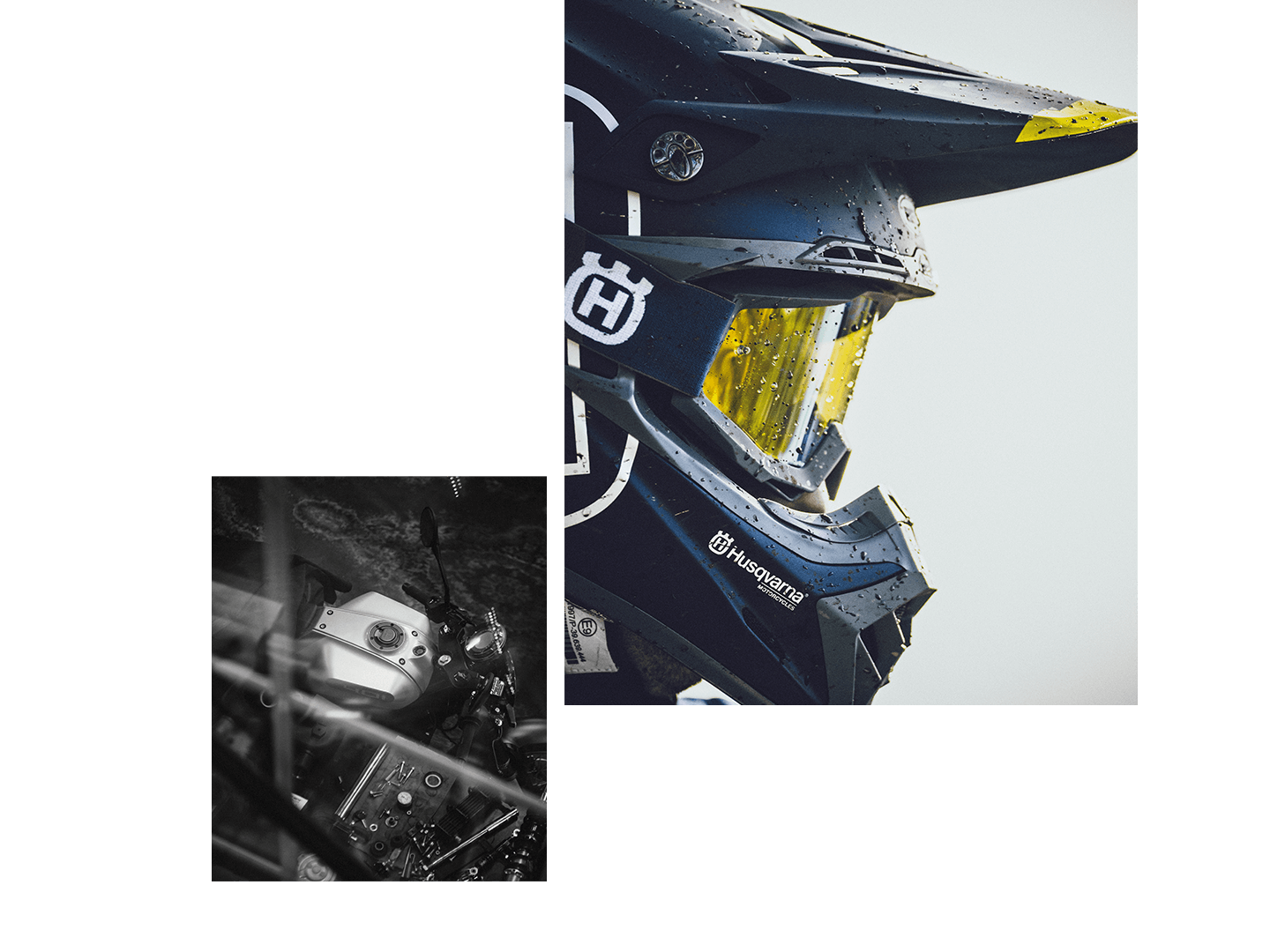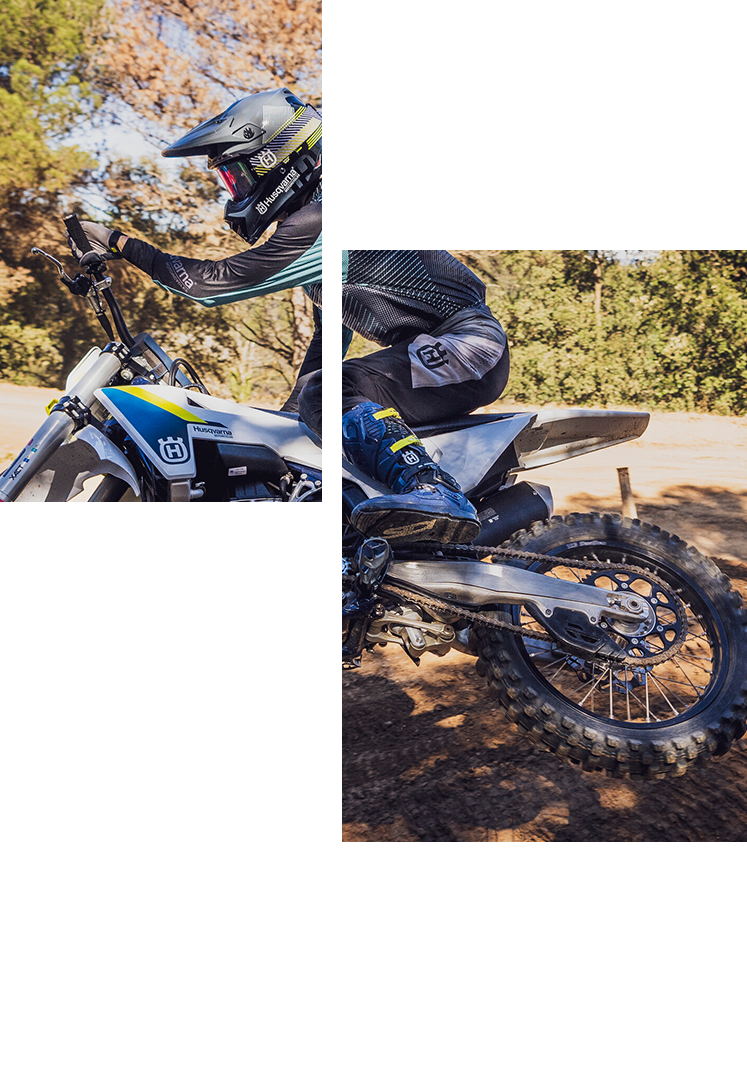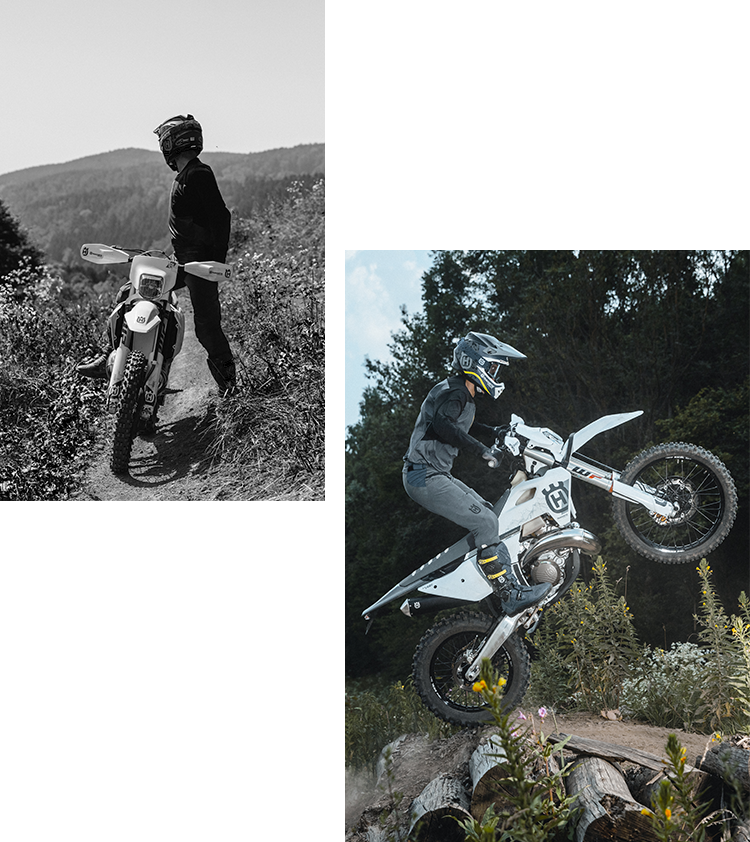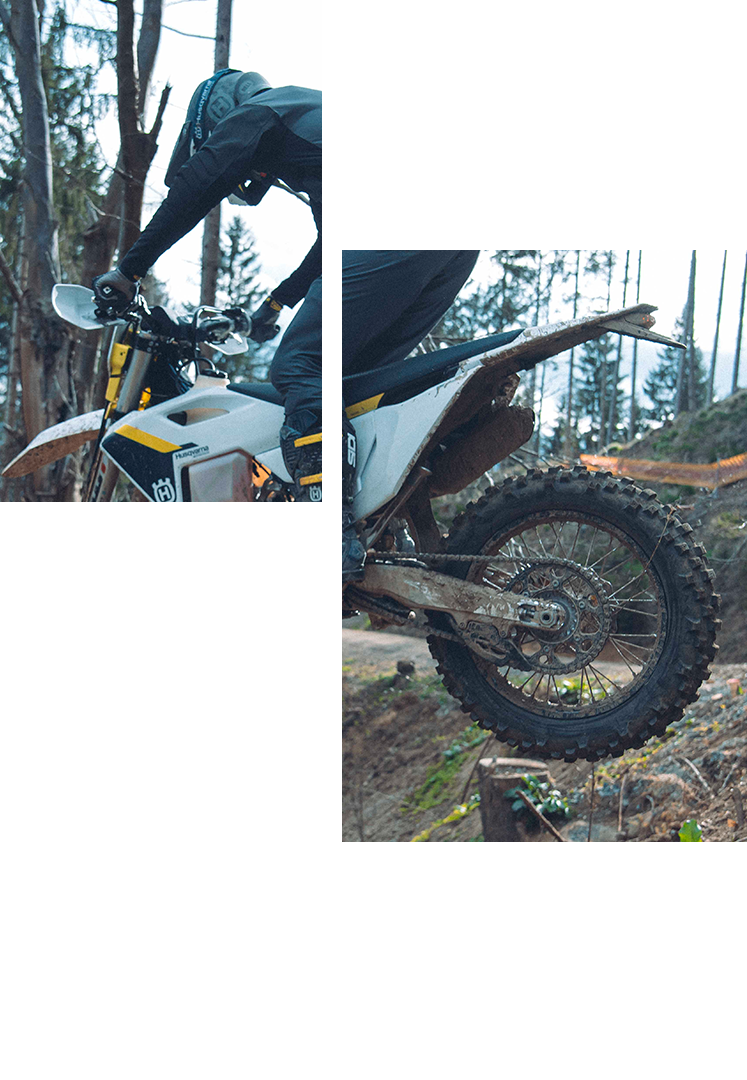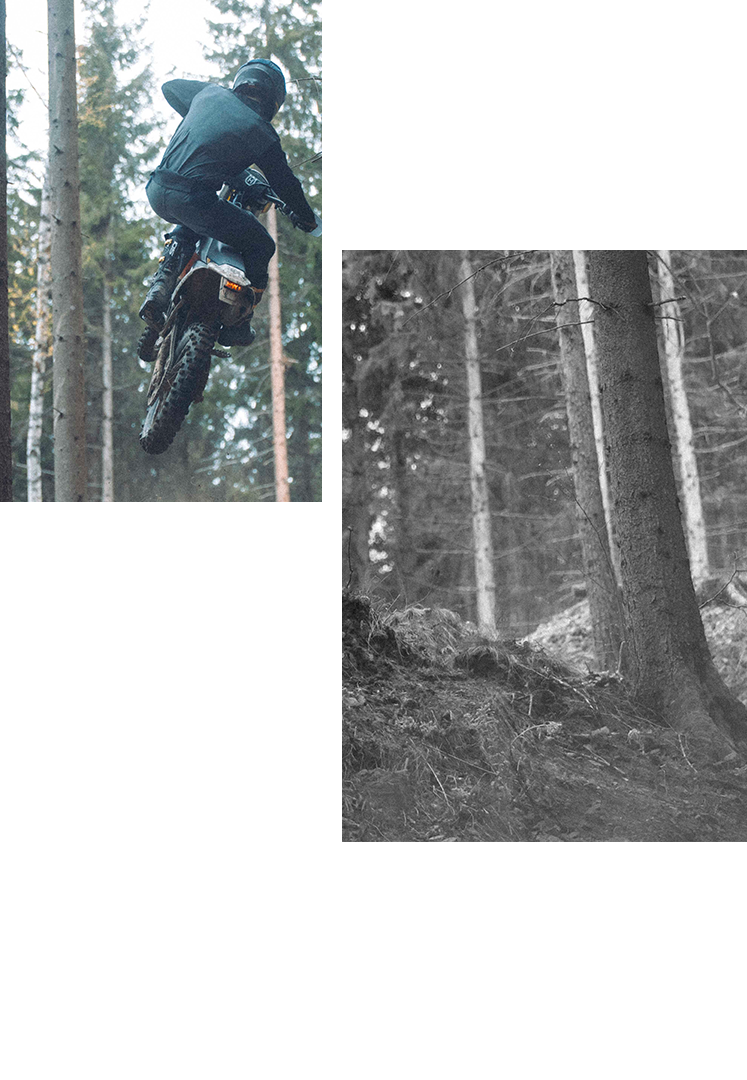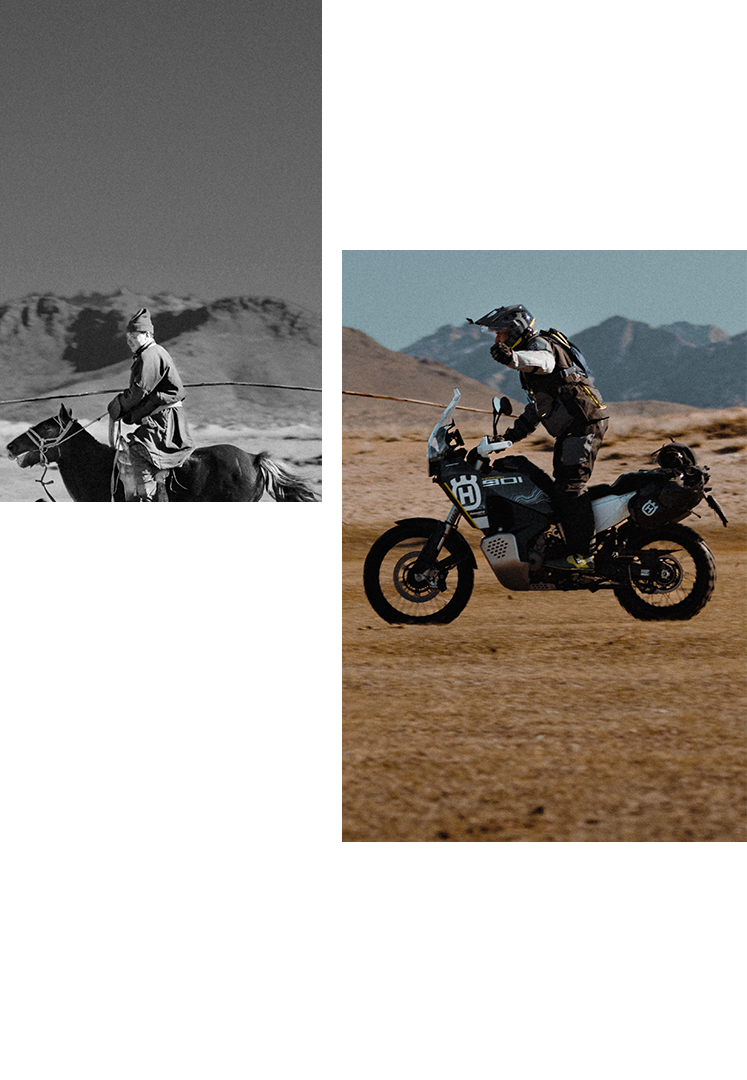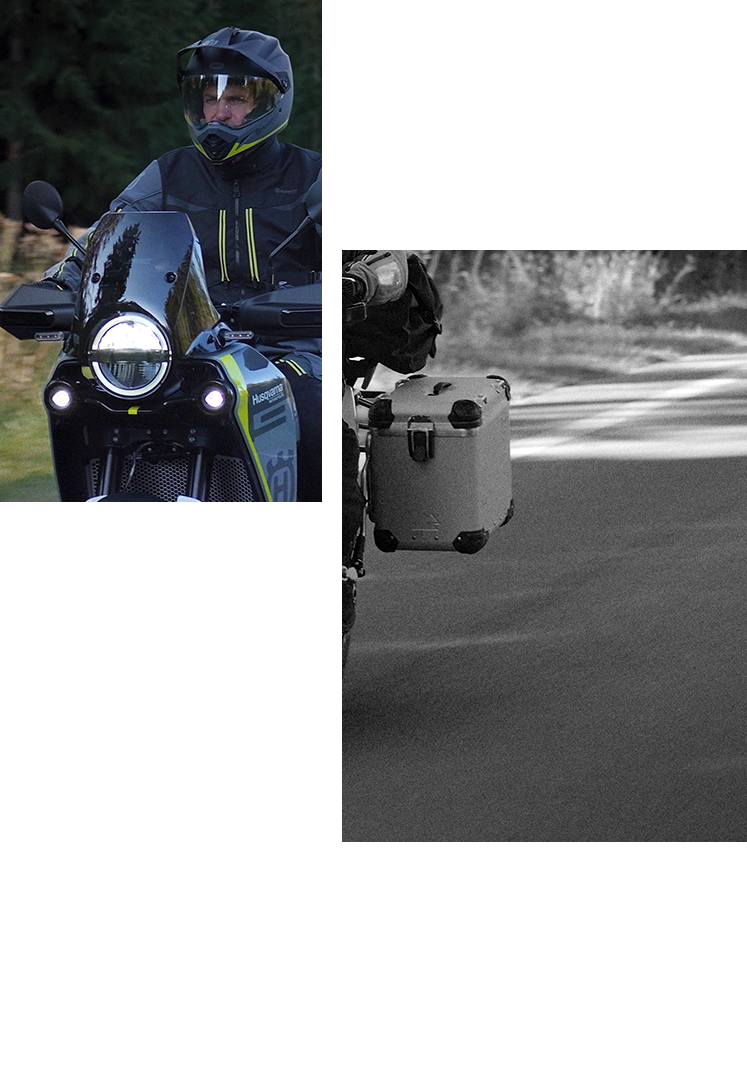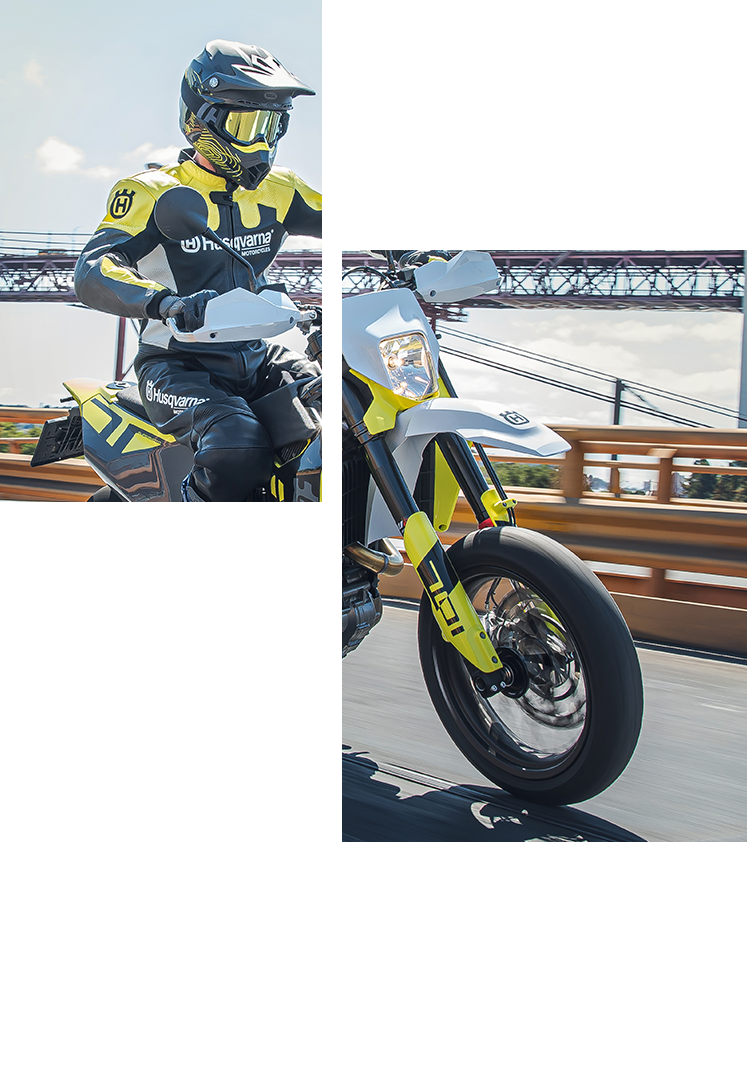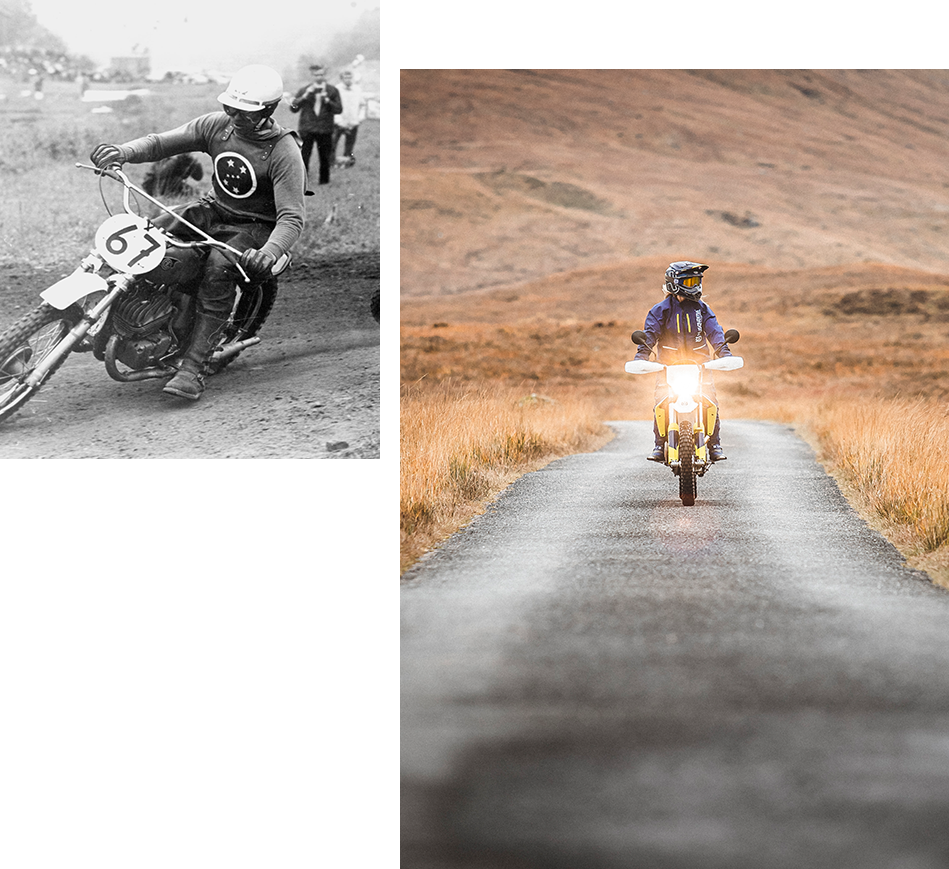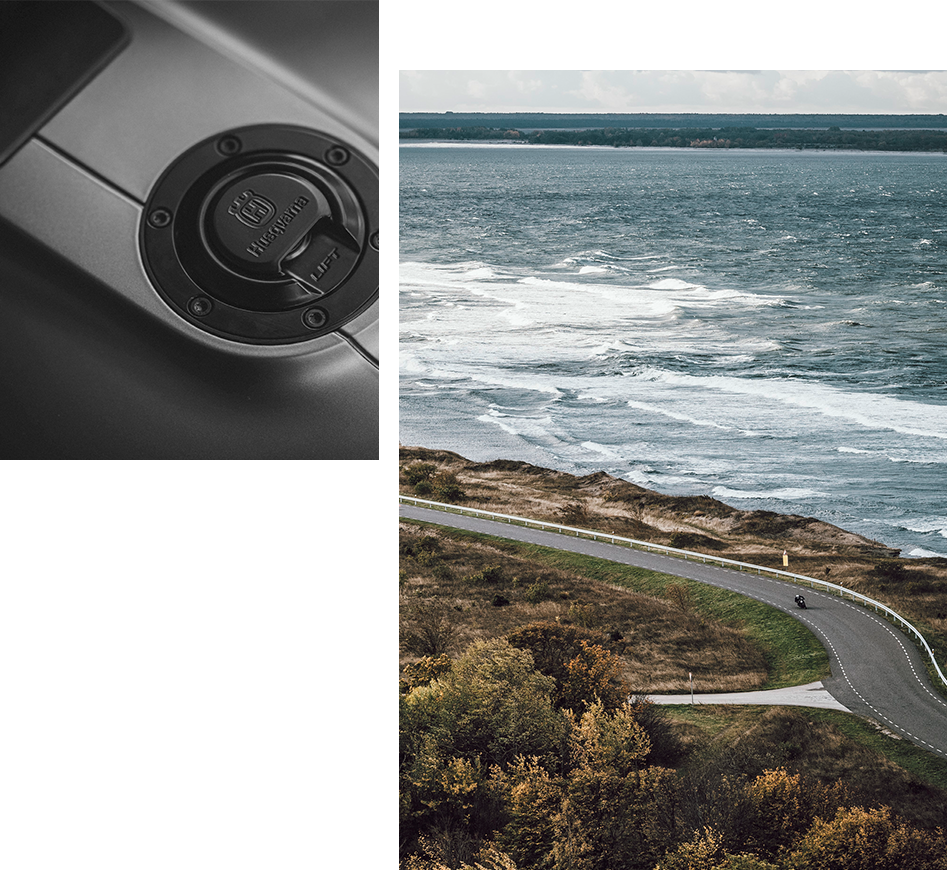At the turn of the century, the clatter of horse’s hooves was suddenly replaced by the rumble of 4-stroke engines. Husqvarna produced bicycles like "La Draisine", "The Bone-shaker", "The Hi-Wheeler", "The Kanguru", "The Giraff" and "The Crypto-machine". In the five-year period from 1897 to 1901, the Husqvarna production included 4,916 bicycle units. Now, we see a lot of new inventions appealing to a hungry market with people starving to get a decent ride. In the beginning, there was suspicion and ridicule from a lot of people. However, as with novelties, when they saw the benefits of this new vehicle, doubts were put aside. In fact, a lot of folk with money in their pockets wanted to have an easy life, investing in comfortable transportation, looking around the next corner with anticipation.By the 1890s, the first invented motorised bicycles turned up in England. They were big beasts with three wheels. Besides being heavy, these vehicles also cost a lot of money. Therefore, these transporters did not meet with a wide approval. It wasn't until inventors gambled on two wheels that the novelties caught people's eye. The weapons factory was now growing by the river of Huskvarna in the town with the same name, meaning "House Mill". In 1898, they found the time was ripe for manufacturing motorised vehicles with two wheels.
The first motorised bike
By Kenneth Olausson
The human urge to make things easier and more comfortable resulted in motorised two-wheelers. In the noble year of 1903, Husqvarna produced its first Swedish velocipede equipped with an engine. It was the start of a totally new era, which would eventually result in the company's world-wide reputation. Here’s how curiosity conquered people’s minds.
Mind you, there had previously already been significant imports from both the United States and England, to the tune of multi-million figures in Swedish Kronor, which attracted the visions of important responsible chiefs in the company. Consequently, Husqvarna started to manufacture "velocipedes" supported by a motorised engine. “People want to make life more comfortable, so let's give them what they want”, was the unanimous decision from the board members. It was a blunt move, but it would eventually pay off with orders not only from general customers, but also from the military forces, the national telegraph and postal services as well as the police force, among others.The human desire to improve conditions of life resulted in an easier way of transportation. It was everybody's dream to move around fast with commitment to reach their destinations as quickly as possible. So, in 1903, Husqvarna introduced their initial motorcycle - a "Motor-velocipede" - a bicycle driven by an engine. The Swedish engineers had been thorough and tested foreign-produced drive trains before choosing a power source. Finally, everybody agreed on using the FN-engine (Fabrique Nationale) from Belgium. The single-cylinder engine from Liège had a capacity of 225cc and the performance was measured at one-and-a-quarter horsepower, which gave the machine a top speed of 40-50 km/h. As the petrol tank contained four litres of fuel, it was possible to cover a distance of approximately 150 kilometres without refilling.
The power plant was mounted in Husqvarna's own bicycle. The final product was more like a pedal bike with an added power package and the transmission from engine to wheel was made by a sustainable leather-belt. The book of instructions read: "There are no obstacles in learning how to operate this engine-velocipede, nor is any technical knowledge needed. But you have to take care of the machine and its proper functions". A tip on the starting procedure of the power-source was added, should it be difficult to get it going: "If the petrol is too cold, you can warm up the carburettor by holding a burning newspaper underneath it, but do not use a welding torch to heat it as it would be dangerous – catching fire in the worst scenario!" Furthermore, it was stated that the weapons factory did not give any warranty on the FN-engine, but it took full responsibility for the velocipede. After the Husqvarna logo was painted on the tank, the machine was manufactured on a small scale between 1903 and 1906. There are no sales figures available from this era. The initial price tag was 700 kronor, approx. 150 US dollars then. In Husqvarna's marketing strategy, it was stated that the Swedish products were of utmost quality, whereas foreign competitors offered products manufactured with cheaper goods, hence a lower price. "You shouldn't judge the book by its cover", and according to the weapons factory, the market was influenced by quite a few inferior products. So, the Swedes offered high-quality goods – with lots of self-confidence and convinced that the price met with their standards.Consequently, the future Husqvarna slogan was "Buy Swedish!" And people certainly did so, discovering a brand-new world.
